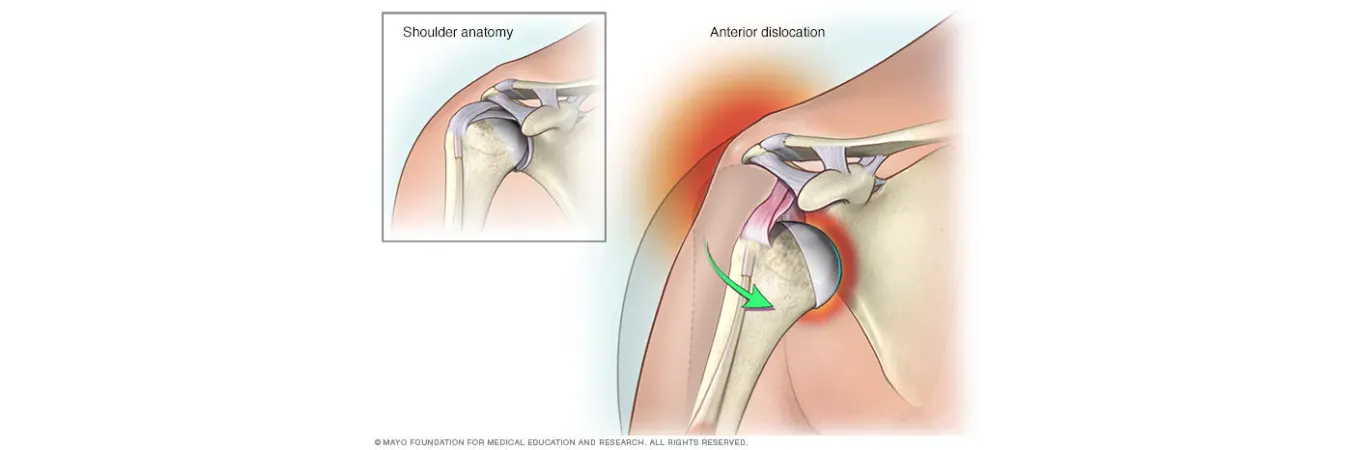Types of Shoulder Dislocation Treatments
Treatment for shoulder dislocation repair depends on the injury's severity and location within the shoulder.
Total Shoulder Replacement Surgery: Also known as shoulder arthroplasty, this procedure involves removing damaged portions of the shoulder joint and replacing them with artificial implants.
Medication: Healthcare providers often prescribe medication to alleviate pain and inflammation. However, avoid using over-the-counter pain relievers for more than 10 consecutive days without consulting your provider.
What are the Different Types of Shoulder Dislocation Surgery?
Bankart repair surgery: This surgical technique addresses recurrent shoulder joint dislocations. During the procedure, worn-out ligaments are reattached to their proper position in the shoulder joint, aiming to restore normal function.
Capsular shift surgery: This procedure tightens the joint capsule. Using an arthroscope, a surgeon tightens the capsule and ligaments to stabilize the shoulder.
Latarjet procedure: Recommended for individuals with bone loss at the shoulder socket, this surgery involves transferring a small amount of bone material from the coracoid process (part of the shoulder blade) to the front of the shoulder's socket. Alternatively, bone loss in the socket can be repaired using bone grafts from the patient's iliac crest (part of the pelvic bone) or from a donor. Note that bone grafts from donors or bone banks may increase the risk of infection.
Remplissage procedure: This surgery is suggested when the shoulder's humeral head (ball) is damaged by dislocation, leading to a Hill-Sachs lesion. The procedure entails resurfacing the head and/or filling in the defect by fixing it to part of the rotator cuff.
Recovery After Shoulder Dislocation Treatment
The recovery process of bankart surgery may include-
- Recovery after Bankart surgery is typically uncomplicated but requires strict adherence to the doctor's guidance for a smooth recovery.
- You may need to stay in the hospital for a day following surgery, during which your recovery will be monitored.
- Pain medications and antibiotics may be administered to manage pain and prevent infection at the surgical site.
- Physiotherapy is recommended approximately one week post-surgery. The doctor will guide you through exercises and home care. In some cases, the doctor may recommend wearing an immobilizer sling for 4-6 weeks.
- For at least five to seven days following surgery, it's advised to use only the non-surgical arm for daily activities.
- You can resume driving after 4-6 weeks post-Bankart surgery.
- Avoid lifting weights with the surgical arm and engaging in contact sports for at least six months after the procedure.

